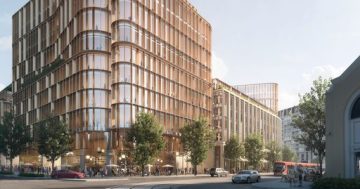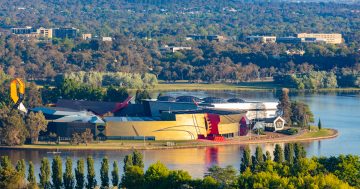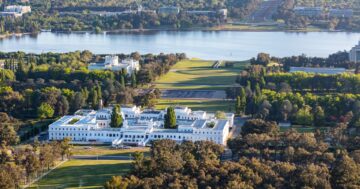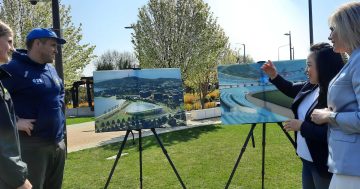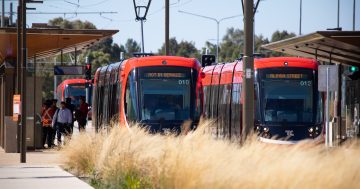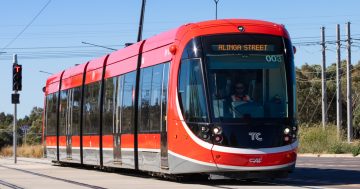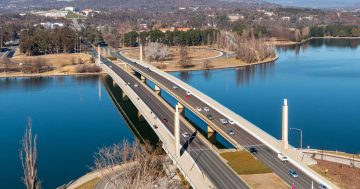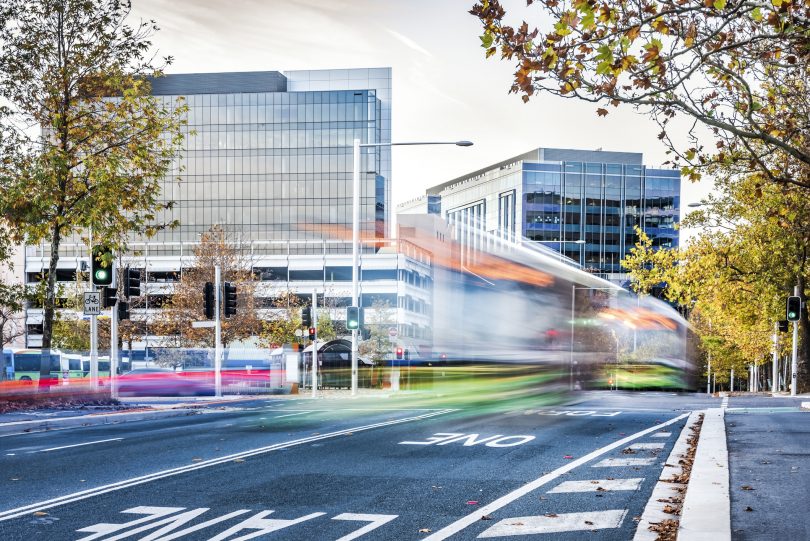
Are too many actors having their say on Canberra’s planning initiatives?
There is a lot of talk about the ACT planning system at the moment, with questions being asked about whether we have the balance right, and who is driving the agenda for the development of our growing city. One issue that doesn’t often get a lot of attention is the connection between our local planners and decision-makers and Commonwealth agencies, particularity the National Capital Authority (NCA). This is an issue that perhaps needs more scrutiny – given this extra layer of planning bureaucracy seems to be having a greater influence in the shape of major projects and initiatives for the city.
Planning in Canberra is complicated because living in the nation’s capital means we have the extra responsibility of being a steward for a city that belongs to all Australian citizens. How we have managed these two roles has changed over the years. It’s certainly very different to the golden days of the NCDC, where there was no local government taking a role, and this one Federal Government agency was in control of the planning of the city – designing roads, building suburbs, planting trees and maintaining the city.
These days we have the local planning agency, overseen by the ACT Government; and the NCA to ensure that planning and development in this town takes into account its role as the nation’s capital. While the general perception is that the NCA is only responsible for what happens in the Parliamentary Triangle, its influence is far greater – with responsibility for the National Capital Plan, special areas including Kingston foreshore and the city centre and for main avenues and approach routes – meaning that the purview of the NCA stretches right to the edge of our city, much further than many Canberrans are aware of.
With current planning processes, the influence of the NCA is becoming more obvious. Take for instance the current consultation occurring around the City and Gateway Urban Design Framework. Working with ACT Government, the NCA is proposing a pretty radical overhaul of Northbourne Avenue, including potentially increasing the population by around 37,000 over a 25-year timeframe (a little under 10% increase in the ACT’s current population). At this stage, it is unclear about whether or not this is the only chance our community will get to provide input for the plan, with current information suggesting that parts of the plan will go straight to being considered as a variation to the National Capital Plan, with other parts potentially being subject to further discussion with the community.
We are also starting to get a picture of how this dual system may influence future planning projects. It is becoming clear that Federal parliamentarians are interested in having a say in our planning affairs. The NCA is overseen by a Parliamentary Committee and major projects can be referred to Parliamentary Committees. Last month, Canberra Liberal Senator Zed Seselja signaled that he would push for such a committee to scrutinise the second stage of Canberra’s light rail network prior to it going to the Senate – something that is needed due to the fact that the route is proposed to go through the Parliamentary Triangle. No matter what you think about the light rail proposal, it’s worth reflecting on why a Committee of Federal Parliamentarians, many of whom don’t live in this city fulltime, will be able to shape the city’s major transport infrastructure proposals in the future.
This is all highlighting the importance of us as a community demanding that we have a range of opportunities to have a say in how this city grows and develops. I think rather than being hostage to multiple layers of government and administrative control which can play into the hands of developers, Canberra’s citizens need be proactive in this discussion. It’s time for us to start paying more attention to the work of the NCA and to ask questions regarding how this connects with our local planning processes.
What do you think?












